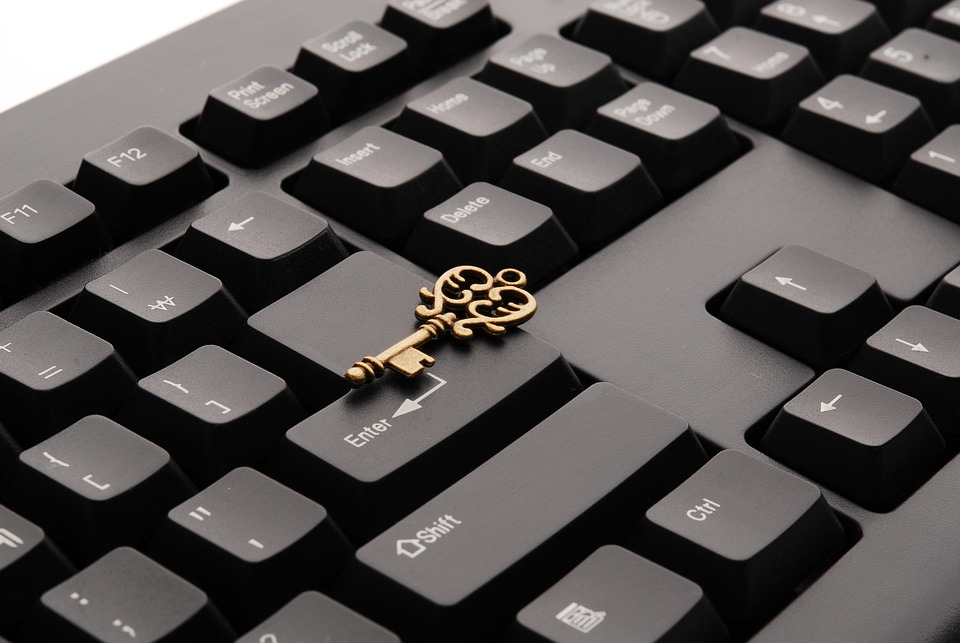In our modern world, keyboards are essential tools for communication, work, and creativity. Yet, while we rely heavily on them, many of us neglect their maintenance. A keyboard’s secret life involves more wear and tear than we might imagine, making regular care vital for longevity. Here are key maintenance tips to keep your keyboard in top shape.
Understanding Your Keyboard
Before diving into maintenance, it’s important to understand the types of keyboards available:
- Mechanical Keyboards: Known for their tactile switches and durability, these keyboards typically require less frequent replacement.
- Membrane Keyboards: More affordable and quieter, but they may not last as long under heavy usage.
- Wireless Keyboards: Convenient but may require more frequent battery replacements and attention to connectivity.
1. Regular Cleaning
Dust and Debris: Over time, dirt and grime can accumulate under and between keys. A simple cleaning routine can vastly improve performance.
- Daily Wipe-down: Use a lightly damp microfiber cloth to wipe down the surface. Avoid excess moisture, which can damage electronic components.
- Deep Cleaning: For a thorough cleaning, turn off your keyboard, gently remove keycaps (if applicable), and clean with compressed air to dislodge debris. Follow this up with rubbing alcohol and cotton swabs to clean any remaining residue.
2. Avoid Eating and Drinking Near the Keyboard
While multitasking might seem efficient, eating and drinking near your keyboard can lead to spills, crumbs, and stickiness. If an accident occurs, address it immediately:
- For Spills: Unplug the keyboard (or remove batteries if wireless), turn it upside down, and let it drain. Clean any sticky residue following manufacturer guidelines.
3. Control the Environment
Keyboards can be sensitive to their surroundings. Maintaining an optimal environment can enhance their lifespan.
- Temperature and Humidity: Avoid exposing your keyboard to extreme temperatures or high humidity, as both can damage electronic components.
- Proper Placement: Keep the keyboard on a flat, stable surface, away from direct sunlight or heating vents to prevent warping or fading.
4. Proper Typing Technique
The way you type can influence the longevity of your keyboard.
- Gentle Keystrokes: Avoid bottoming out keys with excessive force. Opt for a lighter touch to minimize wear on switches.
- Regular Breaks: Giving your hands a rest not only reduces strain but also allows the keyboard to cool down, potentially prolonging its life.
5. Storage Tips
If you travel frequently or don’t use your keyboard for an extended period, proper storage is crucial.
- Dust Covers: Use a keyboard cover to protect against dust and spills when not in use.
- Environment: Store the keyboard in a cool, dry place, preferably in its original packaging or a protective case to prevent scratches and damage.
6. Software Maintenance
For programmable or backlit keyboards, keeping software updated is critical.
- Driver Updates: Regularly check for firmware or software updates from the manufacturer to ensure optimal performance.
- Customization: Take advantage of customization features to suit your typing needs, which could enhance comfort and efficiency.
Conclusion
A well-maintained keyboard is not only more pleasant to use, but it can also enhance productivity and prevent costly replacements. Following these maintenance tips may help you unlock the secret life of your keyboard, ensuring it serves you well for years to come. Embrace these habits, and you’ll find that a little care goes a long way in preserving your trusty typing companion.



